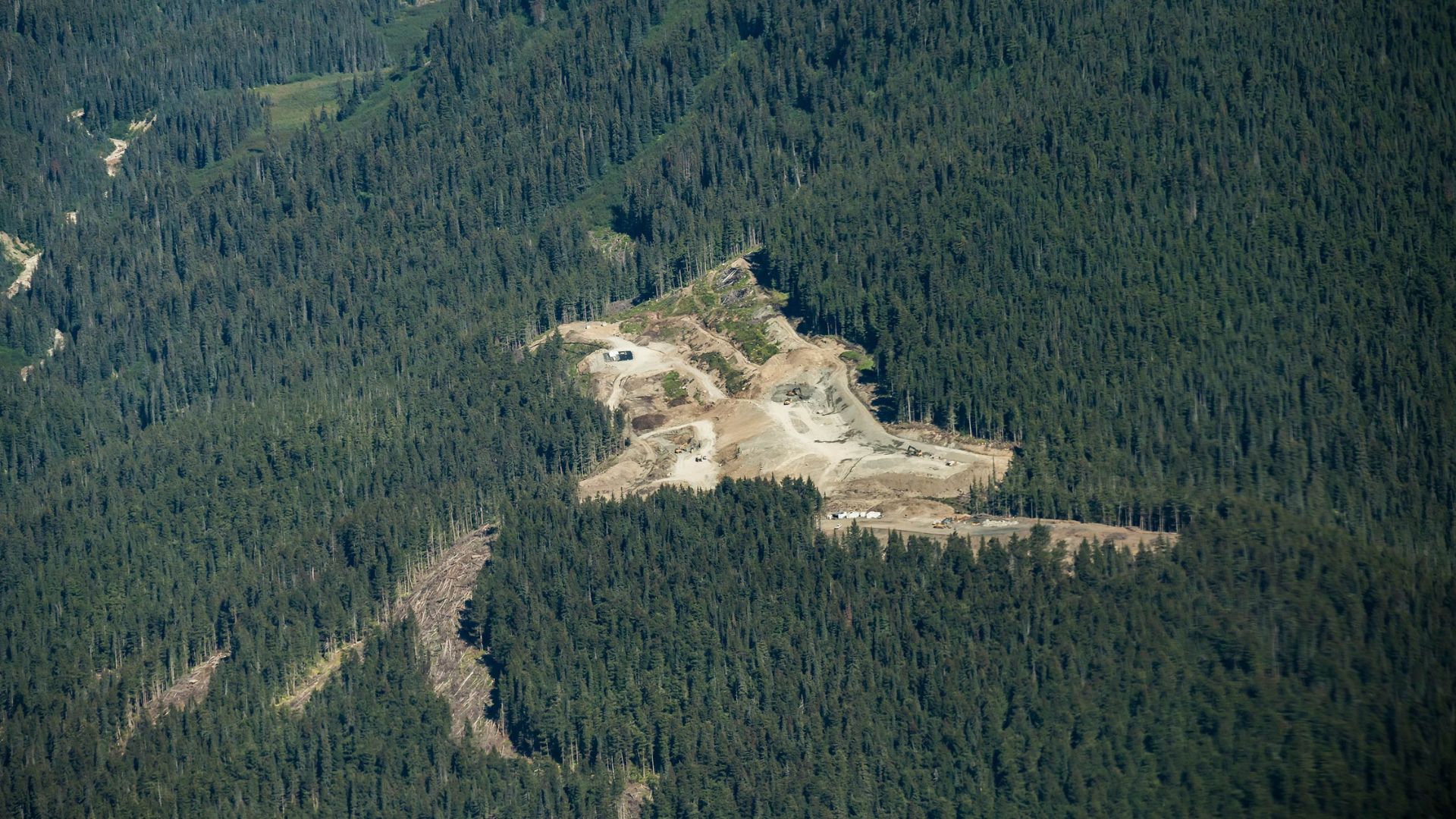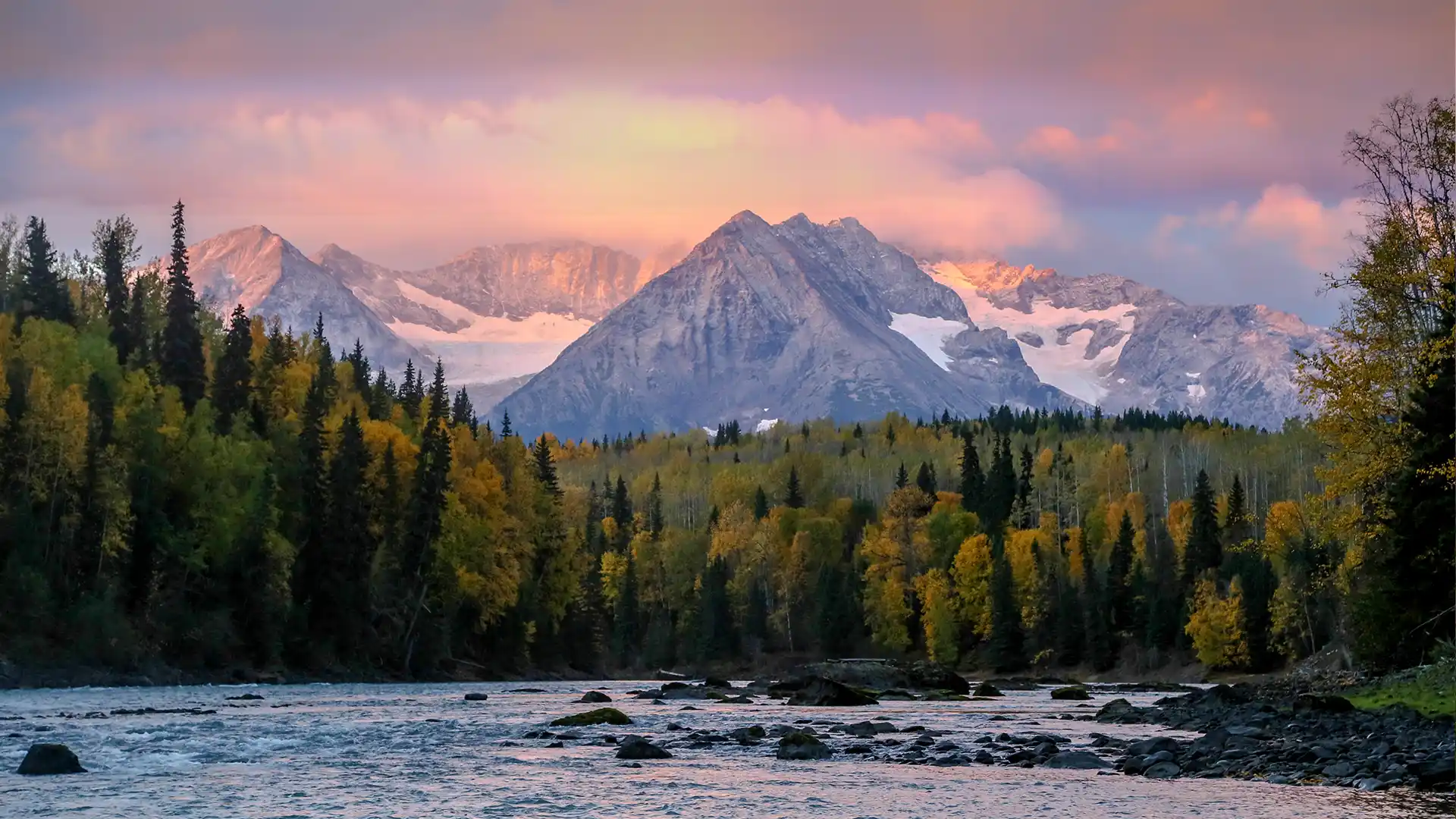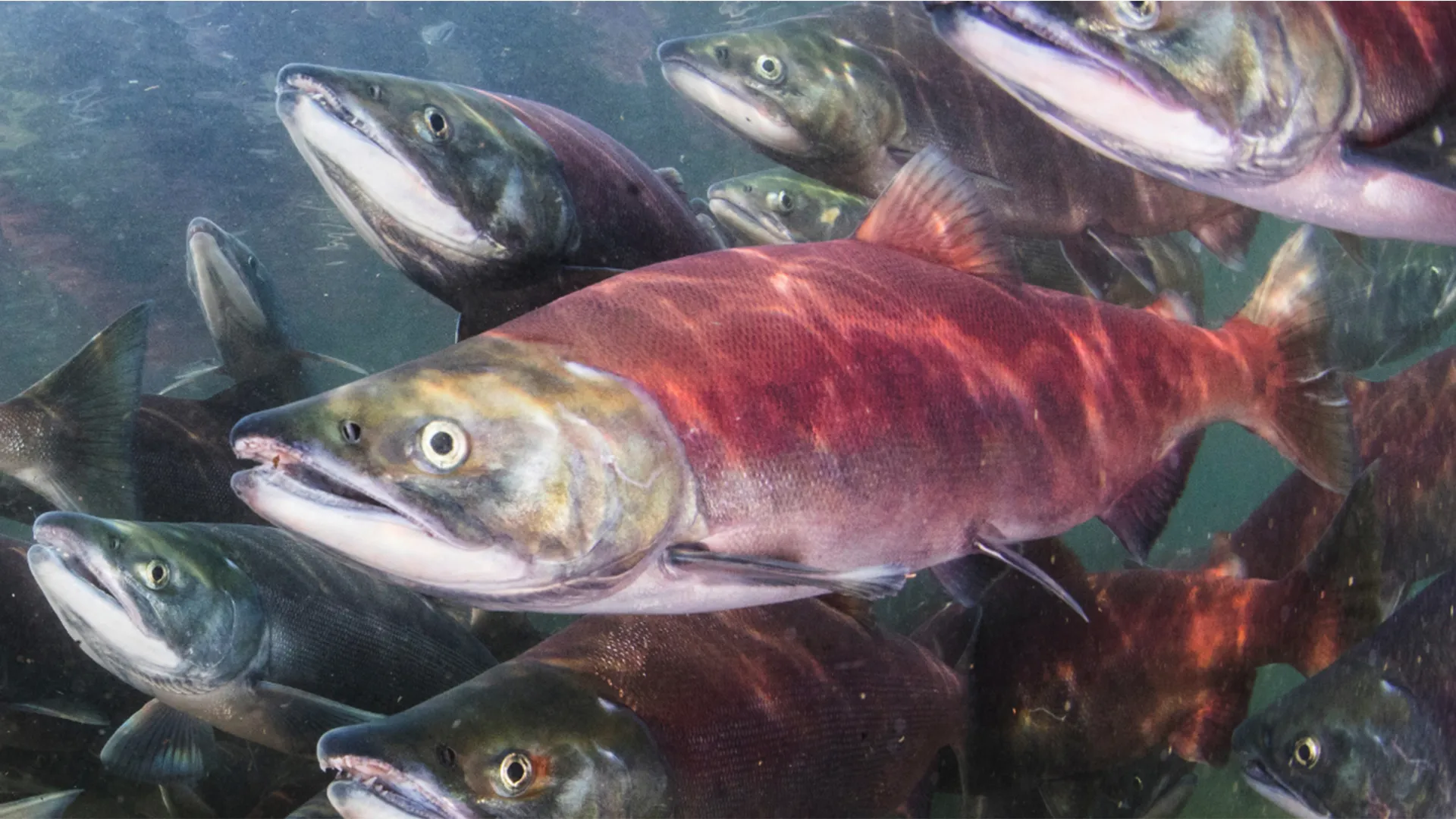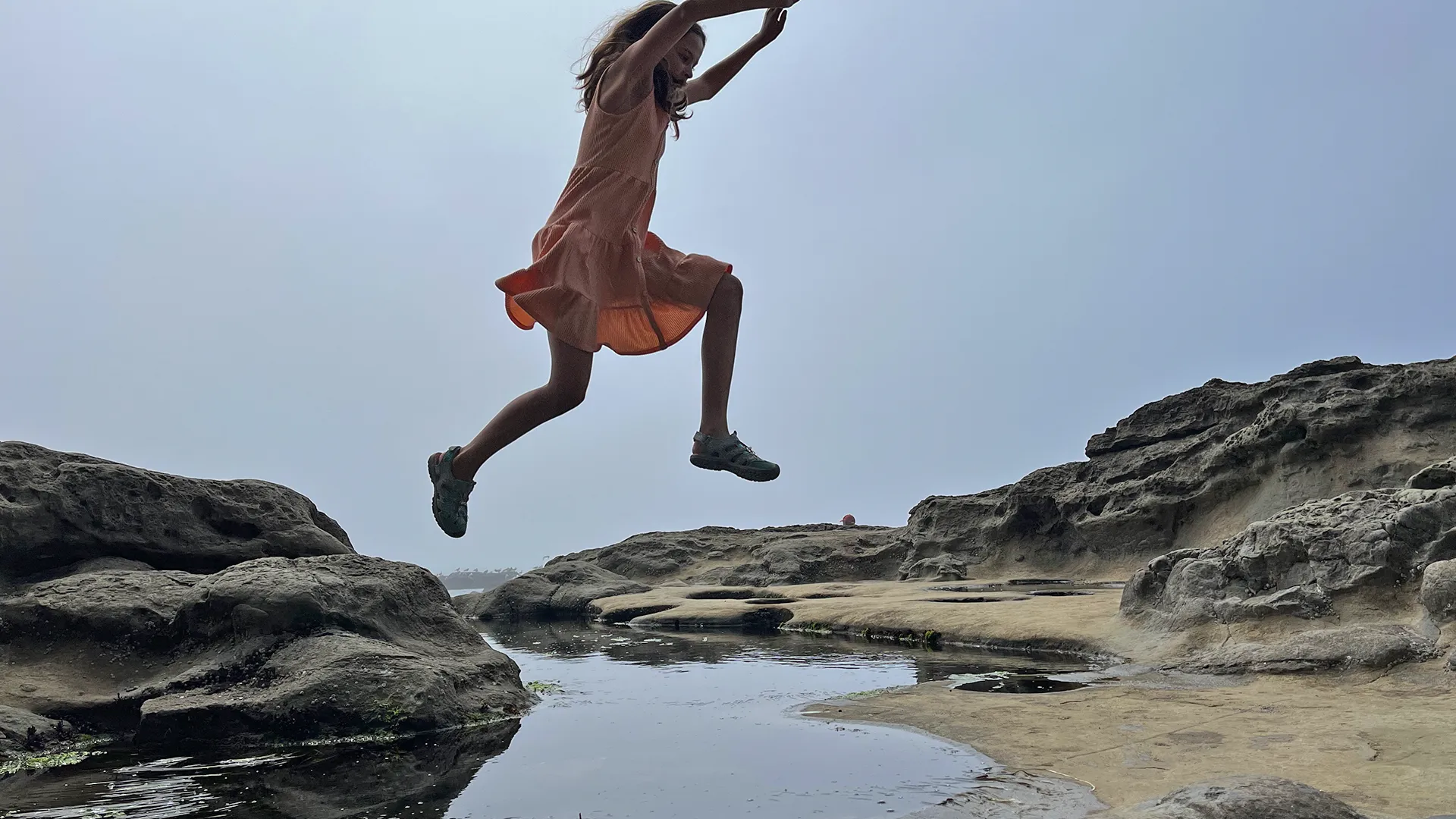KSM Gold Mine Judicial Review
Legal Challenge Filed Against Decision Allowing KSM Mine to Proceed
The proposed mine threatens Nass and Unuk watersheds, relies on an outdated environmental assessment
Ecojustice recently filed a judicial review on behalf of SkeenaWild Conservation Trust and the Southeast Alaska Indigenous Transboundary Commission (SEITC), challenging the B.C. Environmental Assessment Office’s (EAO) decision that the proposed Kerr-Sulphurets-Mitchell (KSM) mine is “substantially started.”

PC: Chris Miller
One of the world’s largest gold-copper mines—at the potential cost of the Nass and Unuk watersheds.
The KSM mine is proposed by KSM Mining ULC, a wholly owned subsidiary of Seabridge Gold. If built, the KSM mine would become one of the world’s largest gold-copper mines, with four open pits, two underground mines, and massive tailings ponds with earthen dams over 700 feet high. These ponds would store 2.3 billion tonnes of tailings waste—28 times the size of the tailings pond involved in the Mount Polley disaster—and require ongoing maintenance for at least 250 years. After this, the tailings dams will remain in place in perpetuity.
The mine’s location threatens the Nass and Unuk rivers, which support several species of Pacific salmon and eulachon and are vital to nearby communities for culture, subsistence, recreation, and their local economies.
“The Unuk River is our lifeline. The fish and wildlife it supports are the reason our people have thrived here since time immemorial. Stewarding the Unuk is our inherent right, passed down from our grandmothers from generations and generations ago,”
Lee Wagner, SEITC Assistant Executive Director
Why does this matter?
Under B.C.’s Environmental Assessment Act, projects must be substantially started within a set period or their environmental certificates expire. If the certificate lapses, the proponent must complete a new environmental assessment using current information, laws, and science. In the case of KSM, its environmental assessment predates significant legislative changes, such as the updated Environmental Assessment Act and the Declaration on the Rights of Indigenous Peoples Act, and a deeper understanding of climate change, threats to salmon populations, and lessons learned from the Mount Polley mine tailings disaster.
“The environmental assessment for the KSM mine is over 10 years old. The lawsuit says that during this time, the company failed to substantially start the project, as required by the Environmental Assessment Act. There are good reasons why the law has expiration dates for environmental assessments, including ensuring that projects do not proceed based on outdated information. This is particularly important in this case due to the rapidly changing climate in Northern BC.”
Rachel Gutman, Ecojustice Lawyer
The group also says that the EAO considered irrelevant information in making its decision, including the company’s assertion that a substantial start decision would support the company’s efforts in securing a joint venture partner for project funding.
We believe it is inappropriate for the EAO, the agency tasked with assessing the environmental impacts of a project, to consider how their decision might support a company with project funding”
Greg Knox, SkeenaWild Conservation Trust, Executive Director
The British Columbia First Nation Tsetsaut Skii km Lax Ha has also recently filed a legal challenge to the EAO’s substantial start determination, arguing they were inadequately consulted. The mining company plans to store the mine’s waste within Tsetsaut Skii km Lax Ha traditional territory in the Upper Nass River area.
The legal challenge seeks to overturn the EAO’s decision, ensuring that projects like KSM are assessed under current environmental laws and using up-to-date information and science. A victory in this case could set an important precedent and prevent companies from holding on to environmental certificates based on outdated information and science indefinitely.
Proposed KSM Project: Impacts
Greg Knox, Executive Director | SkeenaWild
T: 250-615-1990
Shayo Mehta, Communications Strategist | Ecojustice
T: 604-685-5618 | 1-800-926-7744 ext. 249
Sonia Luokkala, Communications Director | SEITC
T: 907-406-9431
Salmon-Safe Mining
Habitat Protection
Solutions
Responsible Mining Resources
Other News
-

Summer Series: Skeena & North Coast Fisheries Updates 2025
Our fisheries biologist, Kait Yehle gives us a pre-season Skeena and North Coast fisheries forecast and an environmental conditions report of what we might expect…
-

SkeenaWild Assistant Director – Job Posting
SkeenaWild is seeking a skilled and committed Assistant Director to support the Executive Director in the effective operation of the organization. This position plays a…
-

Southeast Alaska’s 2025 Salmon Fishing Outlook
As the 2025 fishing season begins in Southeast Alaska, migrating salmon returning to rivers in British Columbia, such as the Skeena and Nass, face a…
-

The SkeenaWild Film & Photo Festival is back for 2025!
The 2025 SkeenaWild Film & Photo Festival is back for its 14th year! Submit your short film or photo showcasing the people, wildlife, and wild…
-

Summer Series: Skeena & North Coast Fisheries Updates 2025
Our fisheries biologist, Kait Yehle gives us a pre-season Skeena and North Coast fisheries forecast and an environmental conditions report of what we might expect…
-

SkeenaWild Assistant Director – Job Posting
SkeenaWild is seeking a skilled and committed Assistant Director to support the Executive Director in the effective operation of the organization. This position plays a…
-

Southeast Alaska’s 2025 Salmon Fishing Outlook
As the 2025 fishing season begins in Southeast Alaska, migrating salmon returning to rivers in British Columbia, such as the Skeena and Nass, face a…
-

The SkeenaWild Film & Photo Festival is back for 2025!
The 2025 SkeenaWild Film & Photo Festival is back for its 14th year! Submit your short film or photo showcasing the people, wildlife, and wild…